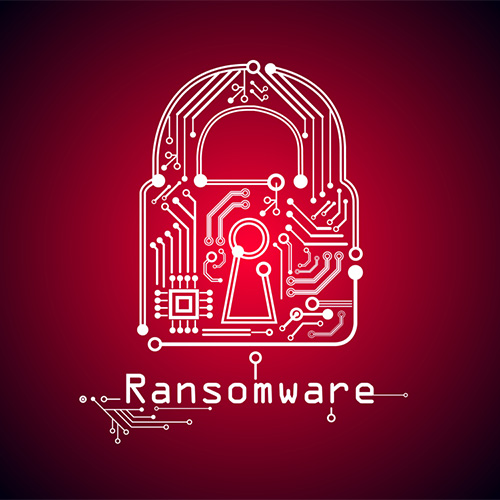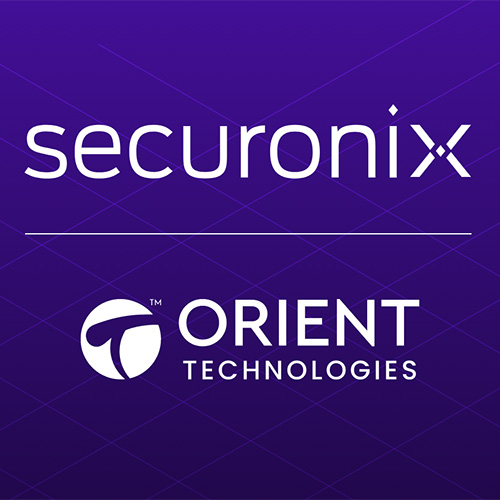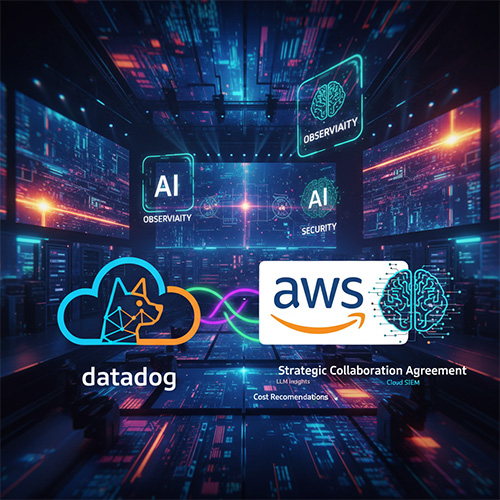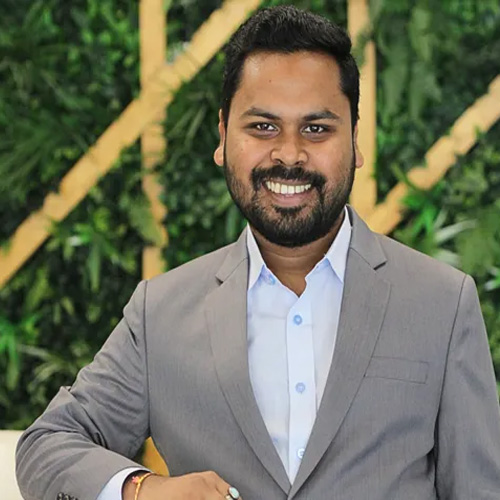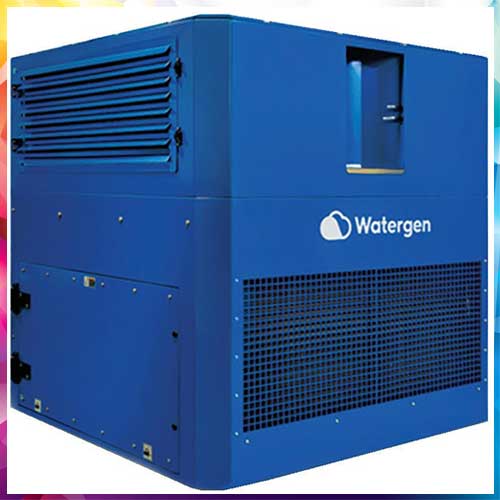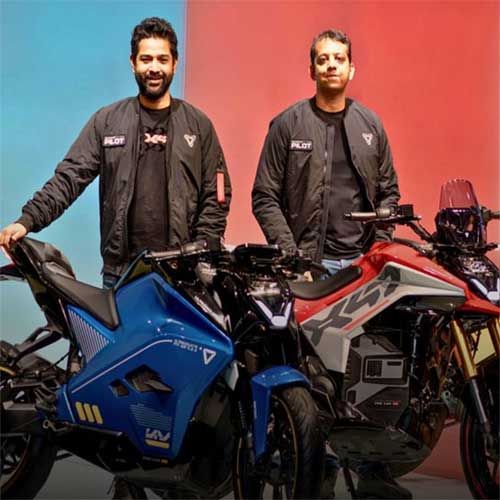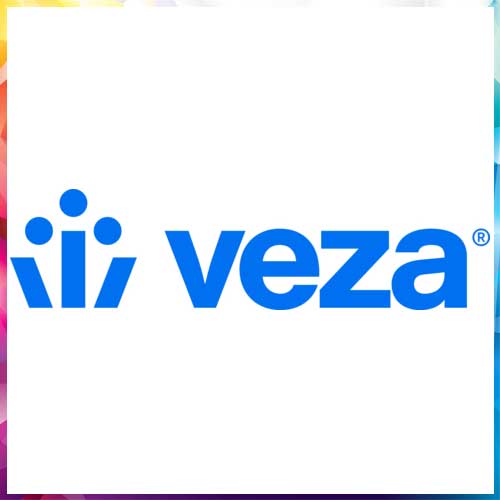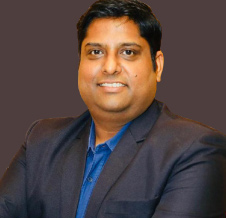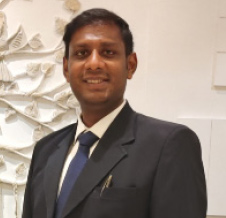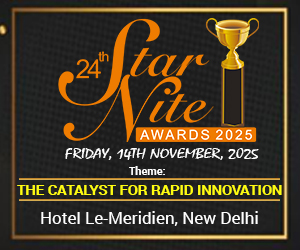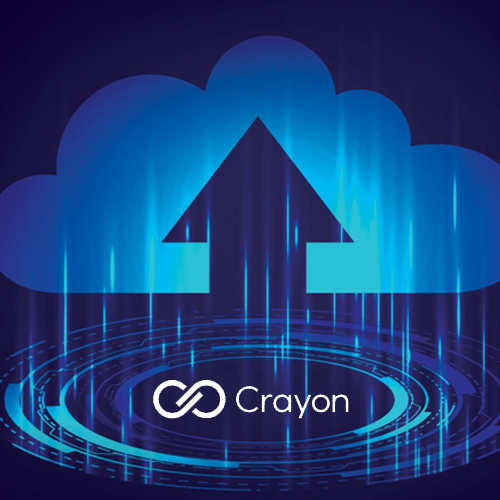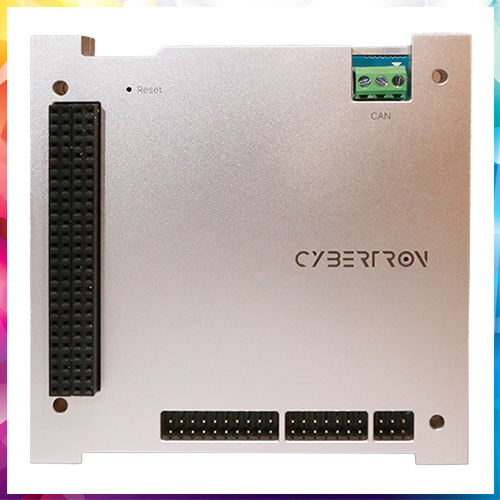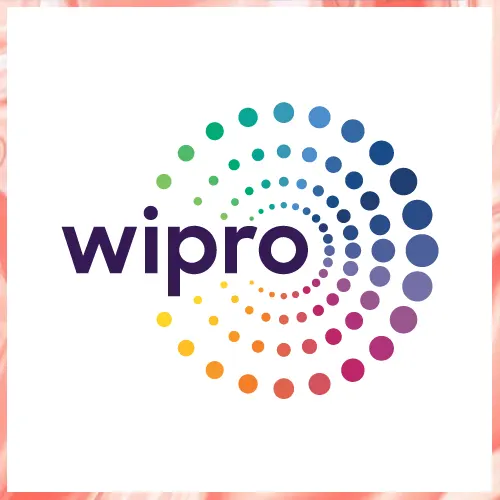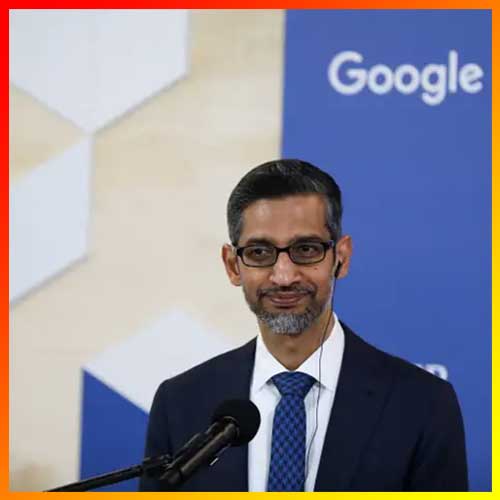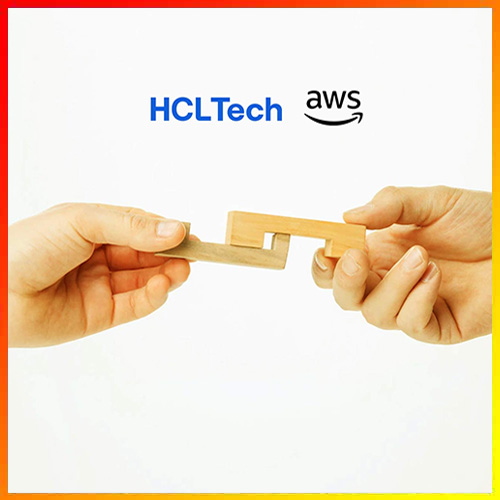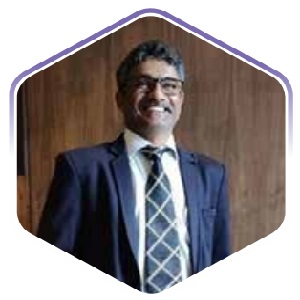
SHAIK J. AHMED
HEAD OF CYBERSECURITY SOLUTIONS, LENOVO INDIA
Organizations are optimizing cloud environments by mapping workloads to their ideal platforms— public cloud for scalability, private for sensitive data, and on-prem for legacy systems. Using tools like Kubernetes and Terraform standardizes deployments and enhances portability. Prioritizing open-source and cloud-agnostic architectures helps reduce vendor lock-in. Regular audits of costs and performance ensure continued flexibility.
To support real-time processing, edge computing places lightweight nodes near data sources, handling local tasks like security monitoring or equipment diagnostics. These systems sync with the central cloud to share aggregated insights. Scalability, governance, and patch management remain key challenges.
Cybersecurity is critical in multi-cloud environments. Unified encryption, access policies, CSPM, and zero-trust models help safeguard data across platforms. Automation and team training are essential to manage the growing threat landscape. Embracing adaptability and curiosity is key to thriving in today’s rapidly evolving cloud landscape.
Amid rapid tech growth and stricter data laws, CIOs, CTOs, CISOs, and DPOs are becoming strategic leaders. CIOs now drive digital transformation, while CTOs lead innovation and tech adoption. CISOs manage cyber risk and resilience, advising business leaders. DPOs ensure compliance with privacy laws like India’s DPDP Act, focusing on consent, user rights, and breach response. The Act mandates robust data governance, reshaping UI/UX, compliance, and cross-border data flows, pushing enterprises to align tech, legal, and ethical priorities.

See What’s Next in Tech With the Fast Forward Newsletter
Tweets From @varindiamag
Nothing to see here - yet
When they Tweet, their Tweets will show up here.





